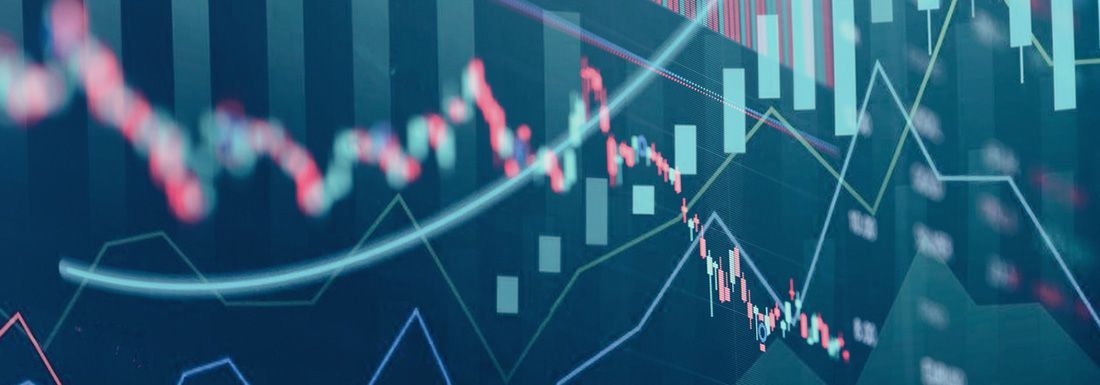Budget 2025-2026: The economy
Growth
Australia’s economy is expected to grow, albeit slowly, at 2.25% in 2025-26 and 2.5% in 2026-27.
The direct impact of Ex-Tropical Cyclone Alfred on economic activity is estimated to be up to 0.25% of GDP.
We're back in a deficit
The underlying cash balance will be a deficit at -$42.1bn in 2025-26, before improving but remaining in the red for several years.
Debt is also higher, rising from 18.4% of GDP in 2023-24 to an estimated 21.5% in 2025-26, rising to 23.1% by 2028-29.
Employment
The unemployment rate has stayed low, the participation rate remains elevated, and employment has grown by more than one million people since May 2022 with around 80% of jobs created in the private sector since the June quarter 2022. Unemployment is expected to peak at 4.25%.
Wages
Annual real wages have grown for five consecutive quarters and are forecast to grow by 0.5% in 2024-25. The Wage Price Index (WPI) grew by 3.2% through the year to the December quarter 2024 and is expected to grow by 3% through the year to the June quarter of 2025 and 3.25% to June 2026.
Inflation
Inflation is expected to be 2.5% through the year to the June quarter 2025.
The moderation of inflation was helped by cost of living relief and a decline in petrol prices towards the end of 2024. Electricity rebates and indexation of rent assistance (Commonwealth and State) reduced headline inflation by 0.75% through the year to the December quarter of 2024.
Global tensions
Economically, trade tensions have magnified global uncertainty. Global growth is already subdued. The indirect effect of tariffs is estimated to be nearly four times as large as the direct effect on Australia, reflecting the relative importance of affected trade flows between Australia, China, and the United States. Retaliatory tariffs, if they occur, will only amplify losses in real GDP.
Please contact us if you have any questions - email us or phone our team on 02 9899 3044.







